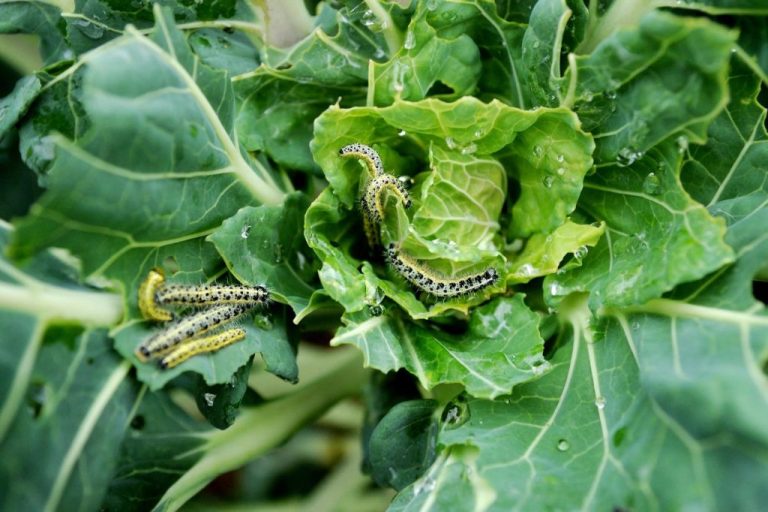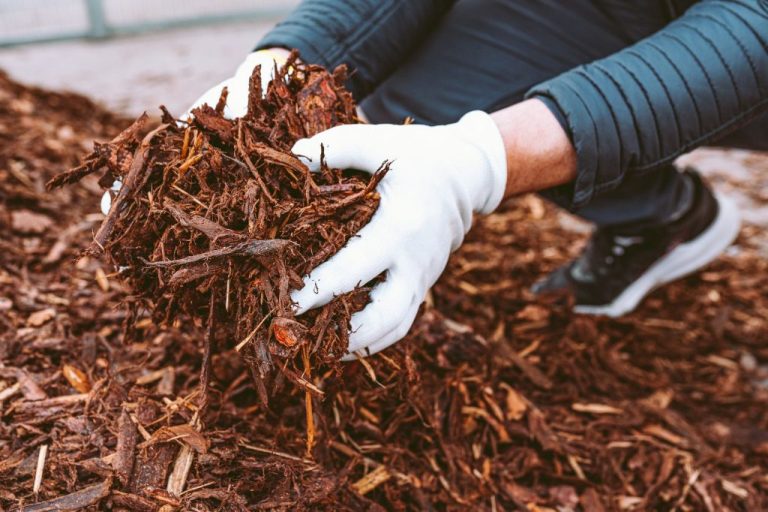Winter Garden Design: Creating Interest In The Off-Season
Even during the cold winter months, a garden can showcase visual interest and beauty. With proper planning and plant selection, gardens can have appealing textures, colors, scents, and features that engage the senses in the off-season. The key is choosing elements like evergreens, trees, shrubs, and ornamental features that maintain their form and appeal after much of the garden has gone dormant. Gardens designed with winter interest in mind create an outdoor space worth visiting even when spring and summer blooms have faded.
This article provides tips and inspiration for designing gardens that showcase the unique beauty of winter. We’ll explore how to use plants, hardscaping, lighting, and other elements to create striking vignettes filled with visual texture, color, and life. With insights on plant selection, design strategies, and maintenance, you’ll gain the knowledge to craft a dynamic garden that captivates year-round.
Plants with Winter Interest
When choosing plants for winter appeal, consider those that offer unique forms, striking silhouettes, and interesting textures.1 Grasses like Miscanthus, sedums, and heathers provide visual interest during the winter months when many other plants are dormant. Their variety of textures adds dimension and contrast to the winter garden.
Ornamental grasses come in many shapes and sizes, from large specimen plants like giant Miscanthus that can grow over 8 feet tall, to low-growing sedums and heathers that spread as groundcovers. Tall grasses stand out when coated with frost or snow, while shorter grasses add subtle texture. Evergreens like holly, juniper, and pine offer year-round color. Combine these with interesting forms like contorted willow and plants with colorful stems like red twig dogwood for multi-season appeal.
When choosing plants, opt for a diverse mix of heights, shapes, and textures to create depth and interest. Mass groupings of grasses and evergreens for impact, and intersperse with flowering shrubs like winter jasmine or hellebore for pops of color. Pay attention to both the big picture and small details. With thoughtful plant choices, it’s possible to have visual appeal in the garden even during the quiet winter months.
Evergreens
Evergreen shrubs and trees provide year-round foliage and structure in the winter garden. Popular evergreen choices include both conifers like pines, spruces, and firs as well as broadleaf evergreens like boxwood, hollies, and rhododendron. Using a variety of evergreen species provides diverse colors, textures, and forms to create interest through the dormant season.
Conifers offer soft, feathery foliage and pyramidal or columnar shapes that provide vertical accent. Some top choices include blue spruce (Picea pungens) with steel-blue needles, arborvitae (Thuja species) with fan-like sprays, and dwarf pine varieties. Broadleaf evergreens like euonymus and skimmia offer glossy green or variegated leaves that often remain on the plant over winter.
To maximize impact, use evergreens as anchors, screens, or focal points. Plant them along foundations, property borders, and surrounding outdoor living spaces. Evergreen shrubs can also be used in mixed borders or as specimen plants. No matter where they are situated, evergreens bring life and texture when deciduous trees and shrubs are bare (Using Evergreen Shrubs to Create Winter Interest).
Trees and Shrubs
Certain trees and shrubs can provide excellent visual interest in the garden during the winter months. Look for varieties with exfoliating bark that reveals inner patches of orange, red, green and cream as the outer bark peels away. Examples include paperbark maple (Acer griseum), river birch (Betula nigra), and Japanese stewartia (Stewartia pseudocamellia) (https://www.bhg.com/gardening/trees-shrubs-vines/shrubs/shrubs-with-winter-interest/).
Brightly colored berries also add pops of color. Some top choices include winterberry (Ilex verticillata), American cranberry bush viburnum (Viburnum trilobum), and firethorn (Pyracantha species). Go for a mix of heights to add visual structure – taller trees like river birch in the back, medium shrubs like viburnum in the middle, and compact shrubs like firethorn up front (https://www.naturehills.com/bushes-and-shrubs/bushes-and-shrubs-types/winter-interest-shrubs).
Flowering Plants
Even winter gardens can look bright and cheery with the right flowering plants. Pansies (source) and violas are some of the most popular and hardy winter-blooming options, offering colorful blossoms even during frost and snow.

Hellebores (source), also called winter roses, start blooming in late winter with flowers in white, pink, purple, and green that last for months. Another great choice is winter hazel which bursts forth with fuzzy yellow catkins in late winter when most other plants are still dormant.
By incorporating winter-blooming plants like pansies, hellebores, and winter hazel, it’s possible to have pops of color in the garden even during the coldest months of the year.
Ornamental Features
Adding visually interesting ornamental features can provide focal points and beauty to the winter garden. Birdbaths, benches, arbors, and other accents are great ways to create visual interest.
Birdbaths provide movement and life to the garden, as birds visit them for drinking and bathing. Opt for birdbaths with interesting sculptural shapes and materials, like concrete, metal, or stone, to stand out against the winter backdrop. Place birdbaths in open areas where they can easily be viewed from indoor rooms. Clean and fill birdbaths regularly so they remain enticing for birds.
Benches and arbors crafted from materials like wrought iron, wood, or stone make eye-catching additions. Place benches along paths or near decorative plantings to create an inviting spot to relax and observe the winter garden. Arbors can provide vertical interest and frame views of ornamental plants or garden features. Choose materials and designs that complement the overall aesthetic.
Sculptures, obelisks, sundials, and other ornaments can also add visual flair. Ensure they have interesting silhouettes and textures that stand out against snow or evergreens. Groupings of multiple ornaments, such as around a patio or near the front entrance, make high-impact displays. Change ornaments seasonally for variety.
With creative placement of ornamental accents and focal points, the garden can remain engaging even during the quiet winter months.
Hardscaping
Hardscaping elements like paths, walls, and patios can add visual interest and structure to the winter garden. As noted by Gardens for Living, hardscapes include “fixed” elements like patios, retaining walls, boulders, pavers, walkways, and trellises (https://gardensforliving.com/2017/01/31/hardscapes-and-landscaping/). Carefully designed hardscapes stand out against the winter backdrop and provide structure even when plants are dormant.
For example, stone or brick patios create focal points and areas for winter entertaining. Curving garden paths of gravel, pavers, or stone draw the eye through the landscape. Low stone or masonry walls add subtle structure and delineate spaces. Arbors, pergolas, and trellises make striking silhouettes against winter skies. Positioned thoughtfully, hardscaping elements lend form and visual interest to the winter garden.
Lighting
Creating interest during the shorter, darker days of winter requires carefully planned lighting (RadiantScapes). Path lights and spotlights can illuminate walkways, accent architectural features, and spotlight focal points in the garden. Path lights lining walkways provide both beauty and safety for navigating the garden at night.
Spotlights aimed at trees, shrubs, or garden structures add drama while highlighting striking forms. Uplighting placed beneath trees filled with evergreen foliage or bare ornamental branches creates an elegant glow. Accent lighting allows the garden’s beauty to shine at night and enhances winter interest.
Energy efficient LED lighting provides bright illumination while consuming minimal electricity. Using timers or photo sensors allows lights to automatically turn on at dusk and off at dawn, ensuring they shine when needed most during winter’s limited daylight. Proper placement and thoughtful illumination keep the garden vibrant after dark (HomeAdvisor).
Maintenance Tips
Proper maintenance is crucial for keeping your winter garden healthy and thriving. Here are some key tips for caring for your garden in the colder months:
Watering should be done less frequently but more deeply in the winter. Check the soil moisture and water only when the top few inches become dry. Avoid soggy soil which can lead to root rot.
Continue fertilizing into the fall but avoid high nitrogen fertilizers in winter which can stimulate growth susceptible to frost damage. An all-purpose fertilizer applied monthly provides nutrients without over-stimulating.
Prune deciduous trees and shrubs in late winter before new growth emerges. This avoids pruning off new buds and flowers. Evergreen shrubs can be lightly pruned as needed to shape.[1]
Remove fallen leaves and debris to prevent disease and pest infestations. Compost or shred leaves to use as mulch for insulating soil and suppressing weeds.
Check for signs of frost damage, disease, or insect pests and take steps to remedy any issues. Protect vulnerable plants with covers when hard frosts are forecast.
Prepare beds for spring by clearing out old annuals and amending soil with compost. Test soil pH and add lime if needed to create ideal conditions for new plantings.
Bringing It All Together
When designing a winter garden, it’s important to consider a few key principles like maintaining visual interest and encouraging wildlife. Focus on plants with beautiful bark, evergreen foliage, and winter blooms. Incorporate hardscaping like pathways, arbors, and benches to add structure. Strategically place lighting to illuminate focal points and create a magical ambiance after dark.
An effective winter garden design combines a variety of elements. For example, along a garden path, have a backdrop of tall evergreens like pines or arborvitae. Plant winter-flowering shrubs like witch hazel or daphne in the middle border. Add specimen trees with colorful bark for pops of color, like red twig dogwood or paperbark maple. Include low-growing groundcovers like heath, heather, or sedum around stones or benches. Strategic lighting can illuminate bare branches, bark textures, or stone features. The key is combining elements that provide multi-season interest.
With thoughtful plant selection and design, your garden can captivate year-round. The winter landscape may seem drab, but with evergreens, berried shrubs, ornamental grasses, and creative hardscaping, you can create a magical oasis filled with beauty, wildlife, and intrigue.





